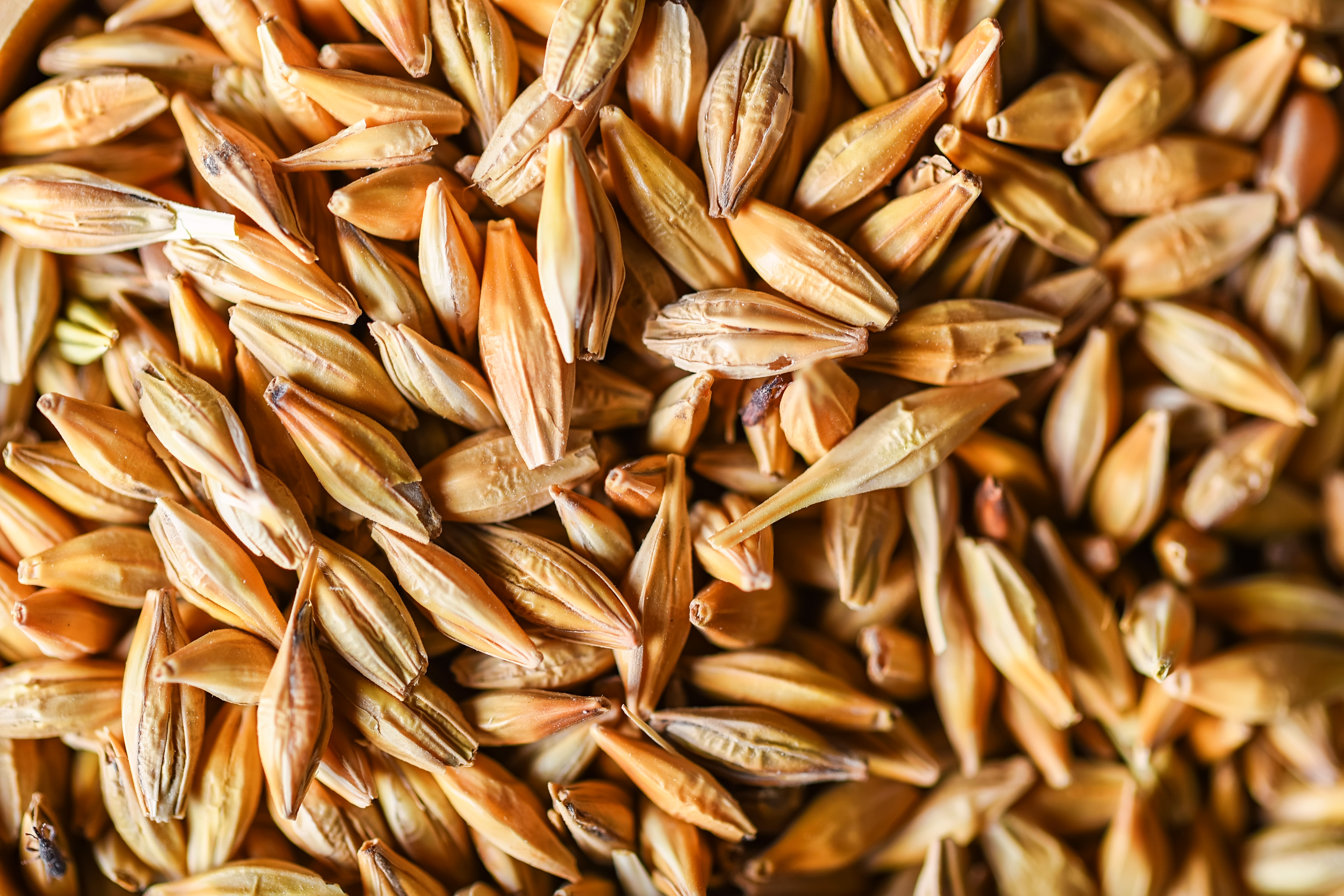Rapid Read • 7 min read
A population-based study has found a significant association between impaired pulmonary function and reduced physical activity levels among Finnish adults. The research indicates that individuals with airway obstruction or pulmonary restriction tend to be less physically active, with lower daily step counts and increased sedentary time. These findings persisted even after adjusting for factors such as age, sex, BMI, smoking, education level, and comorbidities. The study utilized accelerometer data to objectively measure physical activity, providing reliable insights into the relationship between pulmonary health and activity levels.
AD
The study underscores the importance of physical activity in maintaining pulmonary health and preventing deterioration in individuals with respiratory conditions. It highlights the potential benefits of exercise in reducing hospital visits and mortality rates among those with conditions like COPD and asthma. The findings could influence public health policies by emphasizing the need for targeted interventions to promote physical activity among individuals with impaired pulmonary function. This research also suggests that improving physical activity levels could have a preventive effect on pulmonary health, offering a potential strategy for managing respiratory diseases.
Further research is needed to explore the modifying effects of physical activity on pulmonary function, particularly in individuals at risk of developing respiratory diseases. This could involve longitudinal studies to better understand the bidirectional relationship between physical activity and pulmonary health. Additionally, public health initiatives may focus on increasing awareness and accessibility of physical activity programs for individuals with respiratory conditions, aiming to improve overall health outcomes.
The study raises questions about the broader societal factors influencing physical activity levels, such as socioeconomic status and lifestyle choices. It suggests a need for comprehensive approaches to address barriers to physical activity, including environmental and cultural factors. This could lead to more inclusive health policies that consider the diverse needs of individuals with respiratory conditions.
AD
More Stories You Might Enjoy













